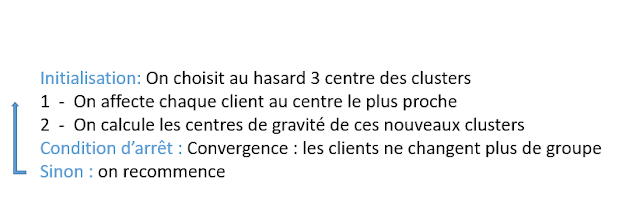Cross-Origin Resource Sharing and Azure Machine Learning web services

Cross-Origin Resource Sharing (CORS) is a mechanism that allows web objects (e.g., JavaScript) from one domain to request objects (web service requests) from another domain. Cross-origin requests initiated from scripts have been subject to restrictions primarily for security reasons. CORS provides a way for web servers to support cross-site access controls, which enable secure cross-site data transfers. At the time of this writing, it should be noted that Azure Machine Learning web services do not currently support CORS requests. See the following link for more information: https://social.msdn.microsoft.com/Forums/en-US/b6ddeb77-30e1-45b2-b7c1-eb4492142c0a/azure-ml-published-web-services-cross-origin-requests?forum=MachineLearning. This CORS restriction really means that if you wish to fully exploit Azure Machine Learning web services for deployment, testing, and production for a wide variety of (web) clients, you will need to host your own server-side applications. You basically hav...





